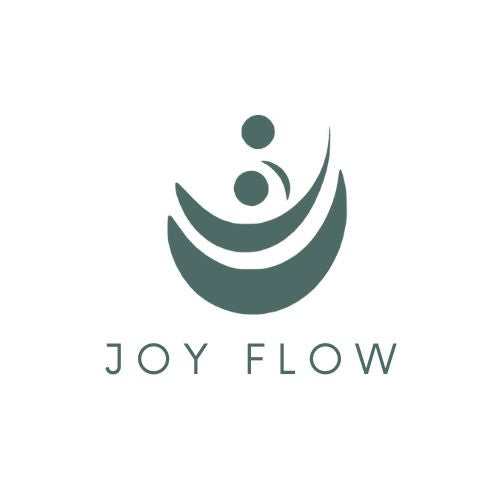Exploring Wuxing Elements in the Chinese Tea Ceremony
Share
Introduction
The Chinese tea ceremony is far more than a ritual of brewing and sipping tea—it’s a profound dance of nature’s forces, balanced to harmonize body, mind, and spirit. Central to this practice are the wuxing elements in tea ceremony—Wood, Fire, Earth, Metal, and Water. In this article, we’ll journey through each elemental phase of gongfu tea, revealing how centuries-old wisdom can enrich your tea ritual and elevate your well-being.

The Philosophy of the Five Elements
The Five Elements (五行, wǔxíng) form the backbone of Chinese metaphysics. Each element represents a quality of transformation:
-
Wood (木, Mù): Growth, vitality, upward energy
-
Fire (火, Huǒ): Heat, passion, expansion
-
Earth (土, Tǔ): Stability, nourishment, grounding
-
Metal (金, Jīn): Structure, refinement, contraction
-
Water (水, Shuǐ): Fluidity, adaptability, depth

These elements interact in two complementary cycles:
-
Mutual Generation (相生): Wood fuels Fire; Fire creates Earth (ash); Earth bears Metal; Metal enriches Water (via condensation); Water nourishes Wood.
-
Mutual Restraint (相克): Wood parts Earth; Earth dams Water; Water extinguishes Fire; Fire melts Metal; Metal chops Wood.
Understanding these dynamics helps tea enthusiasts appreciate the subtle alchemy at play in gongfu tea preparation.
Five Elements in the Chinese Tea Ceremony
Wood (木): Fresh Tea Leaves
Tea begins as tender spring leaves, embodying the upward, life-affirming energy of Wood. Selecting high-quality leaves marks the first step in a Chinese tea ceremony designed to honor nature’s bounty.
Metal (金): “Kill-Green” in the Iron Pan
Immediately after plucking, leaves undergo “kill-green” (shāqīng), a rapid pan-firing in a hot metal vessel. Metal’s contracting quality arrests oxidation, preserving the tea’s verdant aroma.
Fire (火): Roasting to Perfection
Next comes gentle roasting over a slow flame. Fire refines the leaves, deepening flavors and steaming off residual moisture—transformations that mirror Fire’s expansive and transformational nature.
Water (水): Boiling Water for Infusion
Pure, boiling Water bridges the gap between leaf and cup. Its flexible nature unlocks the tea’s essence, carrying aromatic compounds outward into each sip.
Earth (土): Clay or Porcelain Teaware
Teapots and cups, crafted from clay or porcelain, ground the ceremony. Earth’s stabilizing presence balances the extremes of Fire and Water, ensuring a harmonious exchange of energies.
Gongfu Tea: A Masterful Expression
“Gongfu” (功夫) means skill and diligence. In the gongfu tea method, precision and mindfulness elevate brewing to an art form:
-
Warming & Rinsing: Preheat teapot and cups with hot water (Water + Earth), then discard to cleanse and stabilize the vessels.
-
Tea Dosing: Measure leaves to match vessel size—too little underwhelms; too much overwhelms the senses, disrupting elemental balance.
-
First Infusion: Pour water just off the boil (Water) to “awaken” the leaves (Wood), steeping briefly to release initial flavors.
-
Subsequent Steeps: Gradually increase steeping time, allowing Fire’s influence to draw out deeper notes without scorching the leaves.
-
Serving: Pour tea evenly into small cups, letting guests experience the full spectrum of aromas, textures, and tastes.
Each step intentionally engages the wuxing elements, creating a dynamic interplay that honors nature’s laws.

Conclusion
The Chinese tea ceremony is a living testament to the harmony of the wuxing elements in tea ceremony. Through mindful practice of gongfu tea, you honor natural forces—Wood’s vitality, Metal’s precision, Fire’s transformation, Water’s fluidity, and Earth’s balance. Whether you seek greater wellness, meditative focus, or cultural connection, embracing the Five-Element principles in your tea ritual can guide you toward authenticity and equilibrium. Invite the wisdom of wuxing into your cup, and let each sip be a step toward inner harmony.
